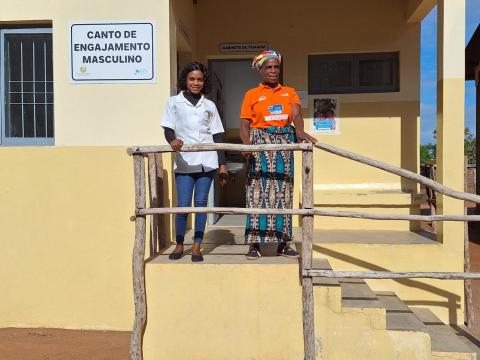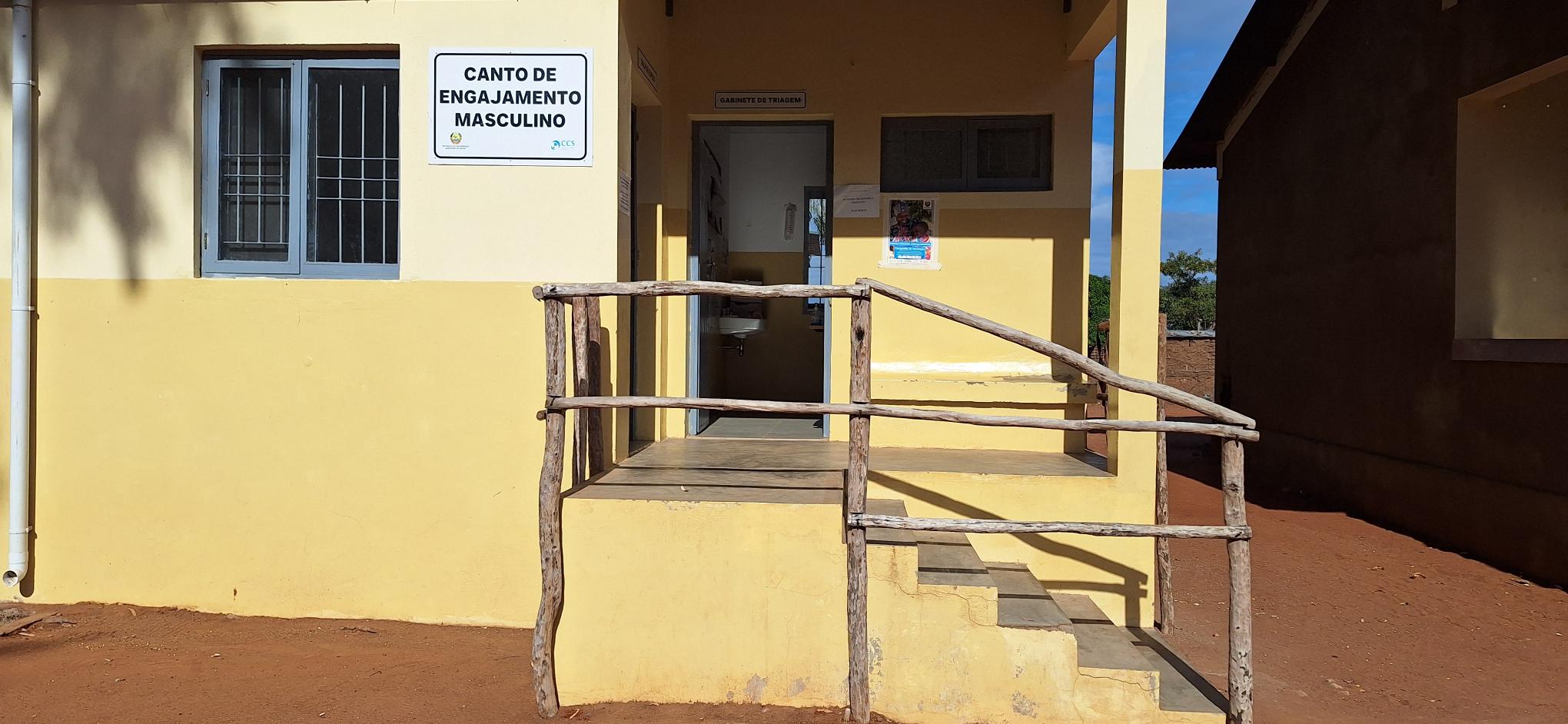Community-led Solution: The Transformation of Health and Education Services in Gaza, Mozambique

A testimony by Diolene Gimo, World Vision Mozambique Campaign and Faith Leaders Engagement Manager
In the communities of Chivonguene, in the Guijá district of Gaza Province, the challenges faced in the health and education sectors were both visible and persistent. For years, elderly people, pregnant women, and persons with disabilities struggled to access local health centres due to the lack of ramps. Steep steps without handrails posed a risk of falls, and medical consultations were conducted without any form of privacy. The lack of basic conditions generated frustration and a widespread sense of neglect among residents.
It was in this context that the Citizen Voice and Action (CVA) a community-led advocacy approach was introduced. More than a methodology, it enabled communities to move from being passive recipients of public services to becoming active participants in identifying problems and proposing solutions. With technical support from World Vision’s facilitation teams, local CVA committees began holding listening sessions, mapping needs, and engaging in community-based planning.
Without relying on immediate external funding, the committees mobilised local resources — cement, zinc sheets, stakes, nails — and organised community-led volunteer workdays. Through this collective effort, access ramps were built at public buildings, handrails were installed on staircases, and the construction of three consultation rooms was initiated at the health centre, improving patient privacy and service conditions.
At the same time, the sustained dialogue between the CVA committees and public service representatives led to concrete outcomes. In the health sector, the allocation of two additional health technicians to the Chivonguene Health Centre helped strengthen service capacity. In education, the deployment of five new teachers to Chivonguene Primary School helped reduce overcrowded classrooms and improve the student–teacher ratio.

Today, the changes are tangible: safer, more accessible, and more functional infrastructure, better service organisation, and greater respect for users’ dignity. However, the most significant impact may lie in what is not immediately visible: a community that understands its rights, participates actively, and values collective effort.
The experience in Chivonguene shows that community mobilisation, active listening, and constructive dialogue with public authorities can lead to lasting transformation, not only in the physical conditions of public services but also how the community sees itself as an agent of its own development.